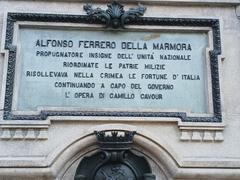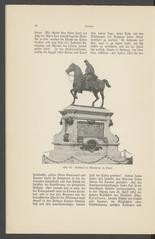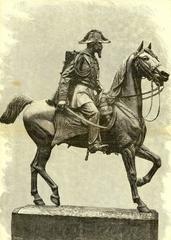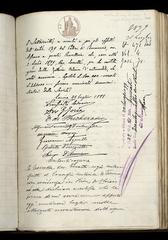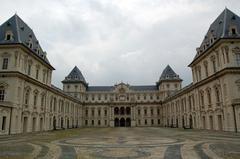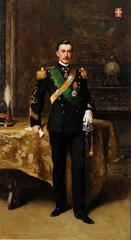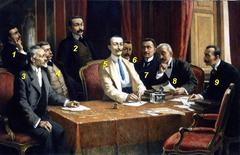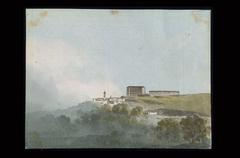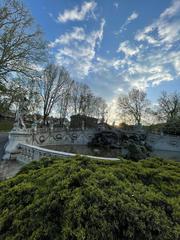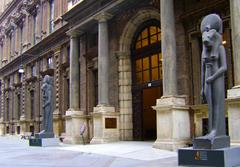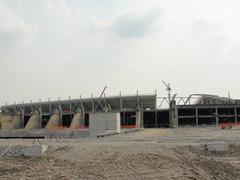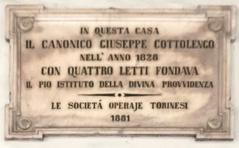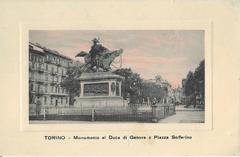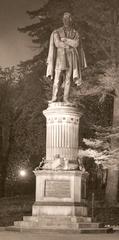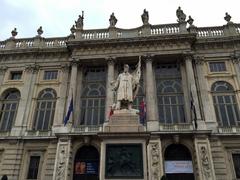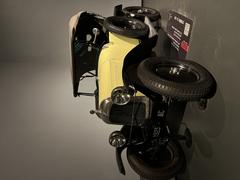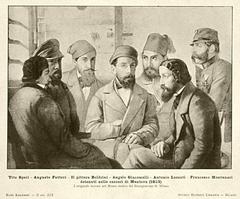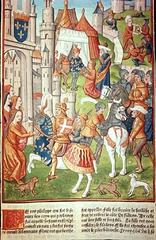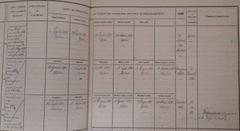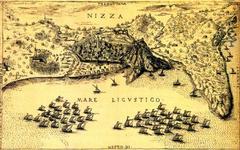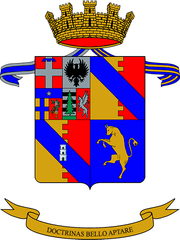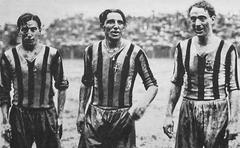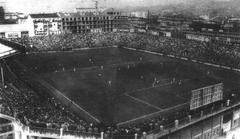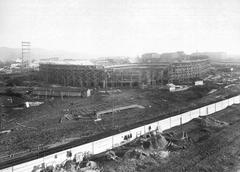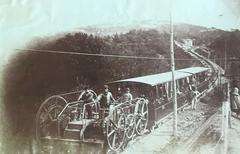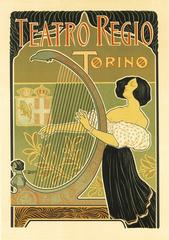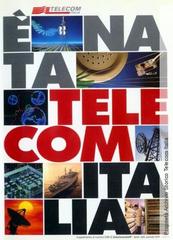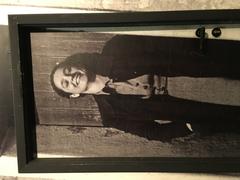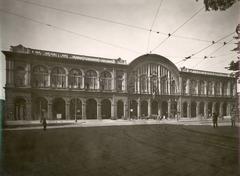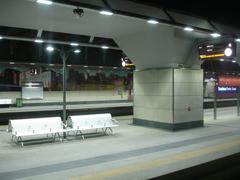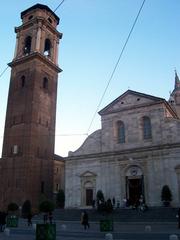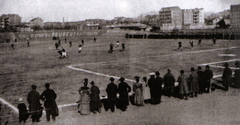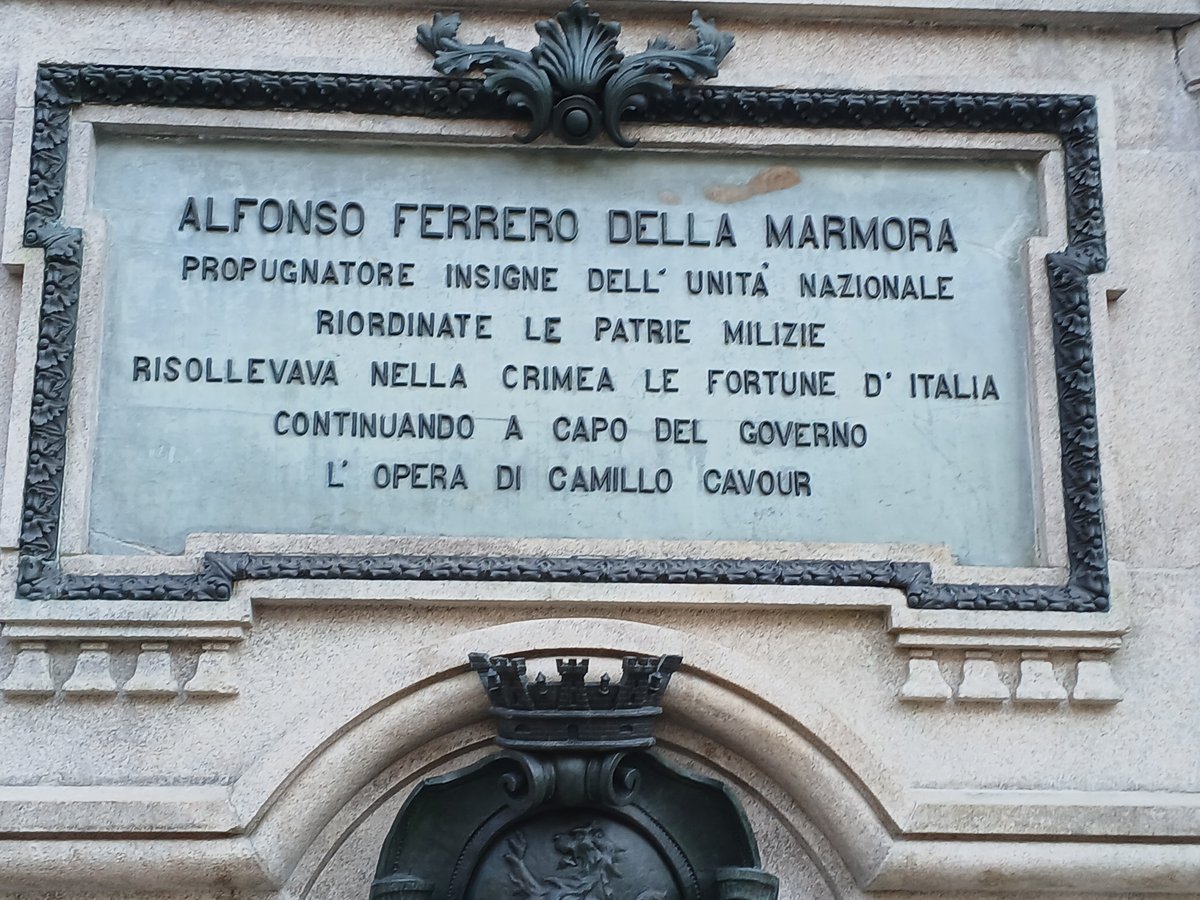
Equestrian Statue of Alfonso La Marmora: Visiting Hours, Tickets, and Historical Significance in Turin, Italy
Date: 14/06/2025
Introduction
In the heart of Turin, the Equestrian Statue of Alfonso La Marmora stands as a distinguished testament to Italy’s unification and the enduring legacy of one of its most influential military leaders. This iconic bronze monument pays tribute to Alfonso Ferrero della Marmora (1804–1878), a statesman and general pivotal to the Risorgimento—the movement that united Italy. La Marmora’s achievements as the founder of the Bersaglieri corps and as Prime Minister firmly establish him in the annals of Italian history, while the statue itself enriches Turin’s identity as the first capital of unified Italy and a city renowned for its monumental public art.
Strategically placed in Piazza Giambattista Bodoni, the monument is easily accessible, free to visit at any time, and situated among other cultural treasures such as the Royal Palace of Turin and the Museo Egizio. This guide explores the statue’s historical and artistic importance, practical visiting details, accessibility, nearby attractions, and tips for an enriching experience. For further planning, consult the Turin Tourism Official Site, Voyage Tips, and IGotoWorld.
Table of Contents
- About the Monument and Alfonso La Marmora
- Location and Directions
- Visiting Hours and Tickets
- Accessibility
- Guided Tours and Special Events
- Nearby Attractions and Travel Tips
- Frequently Asked Questions (FAQs)
- Practical Tips for Visitors
- Conclusion
- References
About the Monument and Alfonso La Marmora
Alfonso Ferrero della Marmora was born in Turin in 1804 and rose to prominence as a general and politician during Italy’s unification. He founded the famed Bersaglieri corps, contributed to critical 19th-century military campaigns, and served as Prime Minister. The monument, crafted by Stanislao Grimaldi and inaugurated in 1891, captures La Marmora on horseback, saber drawn, in full military regalia—a visual emblem of leadership and valor (MuseoTorino).
The statue’s bronze construction, mounted atop a striking pink granite plinth adorned with intricate foliate decorations and bronze lion heads, stands nearly 6 meters tall. This grandeur, combined with technical artistry, ensures the statue’s commanding presence and lasting durability (Sciendo: Conservation State).
Location and Directions
The Equestrian Statue of Alfonso La Marmora is centrally located in Piazza Giambattista Bodoni, a renowned square surrounded by 19th-century architecture and notable institutions such as the Giuseppe Verdi State Conservatory of Music. The square is a tranquil oasis amid Turin’s urban bustle, making the statue both a focal point and a popular meeting place (IGotoWorld).
How to Get There:
- By Foot: A short walk from Porta Nuova, Turin’s main train station, and easily accessible from other city landmarks.
- By Public Transport: Tram line 9, and bus lines 6, 24, 33, 52, 61, 67, 68, and 93 serve the “Carlo Alberto” stop, just minutes from the square.
Visiting Hours and Tickets
- Hours: The statue is in an open public square and accessible 24/7.
- Tickets: No admission fee is required; it is entirely free to visit.
- Best Time to Visit: Daylight hours offer the best viewing and photography conditions. Spring (March–May) and early autumn (September–October) provide mild weather and a vibrant atmosphere (Lonely Planet; Best Time To).
Accessibility
Piazza Bodoni is pedestrian-friendly and fully wheelchair accessible, with smooth pavements, benches, and shaded areas. The square’s flat layout ensures ease of movement for all visitors. Public restrooms are available in nearby cafes and facilities, and the area is regarded as safe and welcoming.
Guided Tours and Special Events
While there are no official ticketed tours exclusive to the statue, many historical walking tours of Turin include Piazza Bodoni and the monument as highlights. These tours offer valuable insights into La Marmora’s role in the Risorgimento and the artistic significance of the statue. Piazza Bodoni also hosts open-air concerts and cultural events, especially during warmer months, enhancing the visitor experience (Lonely Planet).
Nearby Attractions and Travel Tips
Piazza Bodoni’s central location makes it easy to combine a visit to the statue with other notable sites:
- Giuseppe Verdi State Conservatory of Music: Adjacent to the square, renowned for concerts and musical events.
- Piazza San Carlo: Famous for its porticoes and another equestrian statue.
- Piazza Castello: The city’s main square with museums, historic buildings, and vibrant cafes.
- Royal Palace of Turin and Museo Egizio: Both within comfortable walking distance.
The area is rich with cafes, restaurants, and gelaterias, perfect for sampling Turin’s renowned cuisine and chocolate.
Frequently Asked Questions (FAQs)
Q: Are there any tickets required to visit the Equestrian Statue of Alfonso La Marmora?
A: No, the statue is a public monument in an open square with free access at all times.
Q: What are the visiting hours?
A: Accessible 24/7, although daylight hours are best for viewing and photography.
Q: Are guided tours available?
A: Yes, many historical walking tours include the statue as a highlight.
Q: Is the area wheelchair accessible?
A: Yes, the square is flat, paved, and accessible for visitors with mobility challenges.
Q: What is the best time to visit?
A: Early mornings on weekdays offer fewer crowds; spring and autumn provide the most pleasant weather conditions.
Practical Tips for Visitors
- Wear comfortable shoes to explore the square and neighboring streets.
- Bring an umbrella in spring and autumn, as showers are common.
- Learn a few basic Italian phrases to enhance your local interactions.
- Respect the monument—avoid climbing and littering.
- Purchase public transport tickets in advance at newsstands or tobacco shops.
- Early morning light is ideal for photography.
Conclusion
The Equestrian Statue of Alfonso La Marmora is more than just a monument; it is a living symbol of Turin’s civic pride and Italy’s road to unification. Free and accessible at all times, it welcomes visitors to engage with the city’s past and present. Its central location, artistic grandeur, and proximity to other landmarks make it an essential stop on any Turin itinerary. For a deeper experience, leverage local walking tours and digital guides such as the Audiala app to discover Turin’s monumental heritage and vibrant urban culture.
References and Further Reading
- Turin Tourism Official Site
- Voyage Tips
- IGotoWorld
- Lonely Planet
- Sciendo: Conservation State
- Destinations Europe
- MuseoTorino
- Lets Travel More – Piazza Bodoni
- Best Time To
